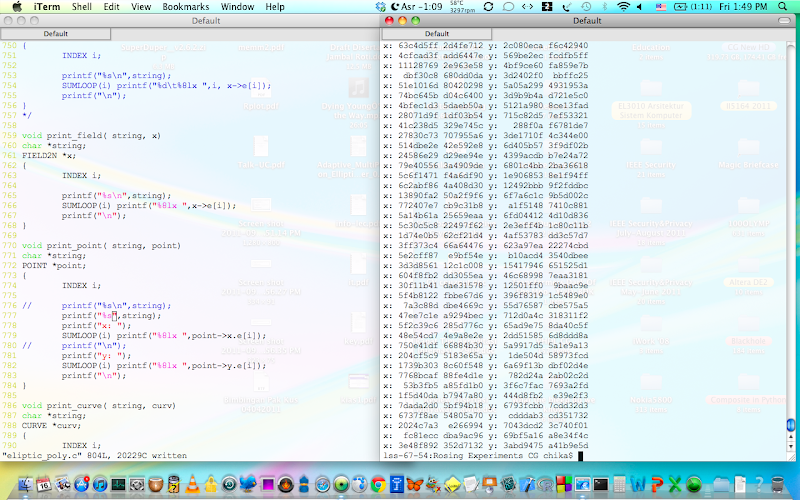Crypto vs Code
Cryptography is the study of mathematical techniques related to aspects of information security such as confidentiality, data integrity, entity authentication, and data origin authentication. [Handbook of Applied Cryptography – Alfred J. Menezes Paul C. van Oorschot Scott A. Vanstone]
Coding is needed for efficient reliable digital transmission and storage. [Error Control Coding – Shu Lin, Daniel J. Costello]. Coding theory is is the study of the properties of codes and their fitness for a specific application. Codes are used for data compression, cryptography, error-correction and more recently also for network coding. Codes are studied by various scientific disciplines—such as information theory, electrical engineering, mathematics, and computer science—for the purpose of designing efficient and reliable data transmission methods. This typically involves the removal of redundancy and the correction (or detection) of errors in the transmitted data. [Wikipedia]











waskita adijarto (@waskitaadijarto) 2:44 pm on February 26, 2013 Permalink |
Nggak pakai Alice & Bob?